From a comet landing to an autopsy of King Tut, the year 2014 yielded some pretty fascinating scientific discoveries and breakthroughs.
Here's a look back at our favorite scientific feats of the year.

rajeshbac via Getty Images
Scientists uncovered evidence suggesting that there was once life on Mars. NASA announced on Dec. 16 that its Curiosity rover found spikes of methane in the Martian atmosphere. The gas is strongly tied to life on Earth.
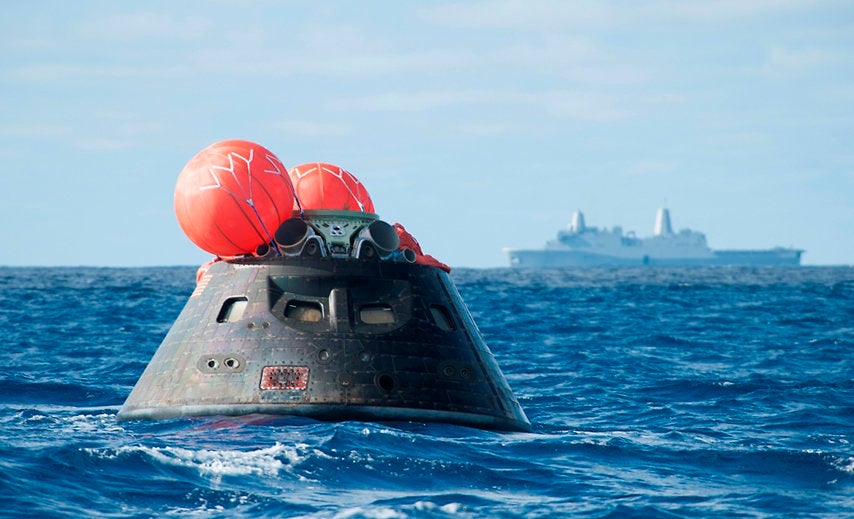
ASSOCIATED PRESS
NASA's new Orion spacecraft made a "bull's-eye" splashdown in the Pacific Ocean on Dec. 5 following a dramatic journey about 3,600 miles beyond Earth. The successful test of the capsule opened a new era of human space exploration and marked the next step toward putting humans on Mars.
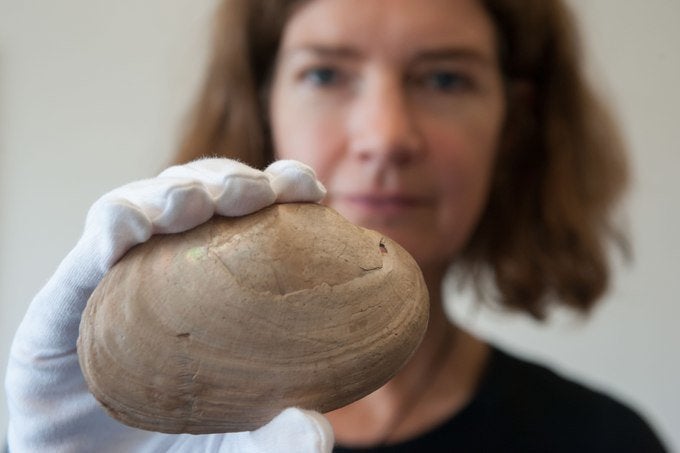
Naturlis
While rummaging through a set of fossils collected in Indonesia in the late 1800s, researchers stumbled upon a zigzag design carved on the surface of a mollusk that is believed to date back 430,000 to 540,000 years--making it possibly the earliest known example of art. The discovery was described in a paper published Dec. 3 in the journal Nature.
Advertisement

ASSOCIATED PRESS
Missing for five centuries, the skeletal remains of Britain's King Richard III were found in Leicester. Scientists said on Dec. 2 that a thorough analysis of the remains turned up “overwhelming evidence” that the skeleton really was that of the medieval king.

Peshkova via Getty Images
New research has shown that the AIDS virus is becoming less virulent, suggesting the global AIDS pandemic might be easing. Scientists revealed their findings in a study published on Dec. 1.
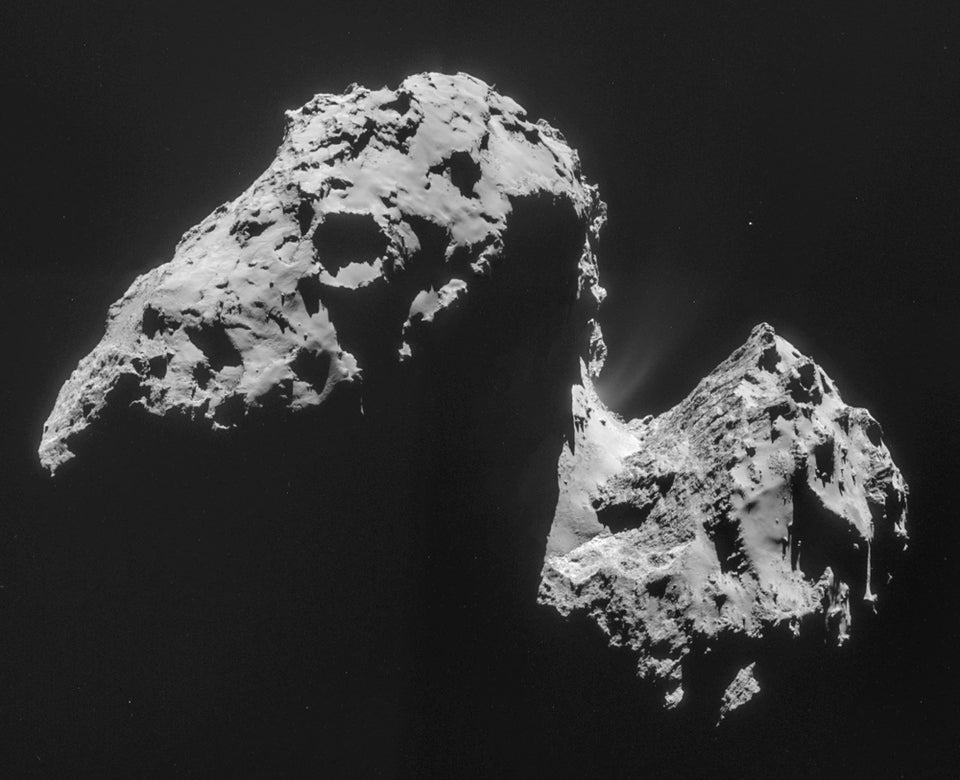
ASSOCIATED PRESS
We landed on a comet! On Nov. 12, the European Space Agency's Rosetta space probe successfully placed its robotic lander Philae on Comet 67P/Churyumov-Gerasimenko (pictured). It was the first such landing ever.
Advertisement

annedde via Getty Images
Scientists achieved brain-to-brain communication between humans. In a study published on Nov. 5, researchers showed signals could be transmitted from one person’s brain via the Internet and used to control the hand motions of another person--all within a fraction of a second.

TIGHAR
After decades of looking, researchers announced on Oct. 30 that they had found what is believed to be an aluminum fragment (pictured) from Amelia Earhart's plane on Nikumaroro, an uninhabited island in the Pacific Ocean about 2,000 miles southwest of Hawaii. Earhart and her plane went missing in 1937.
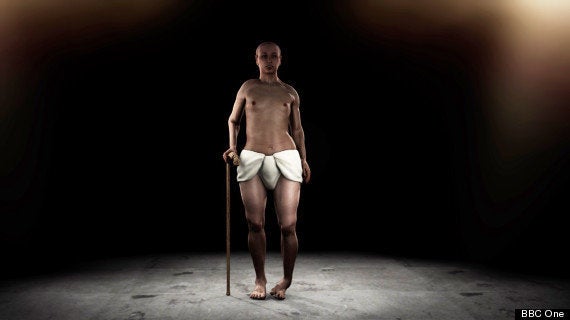
BBC One
A 'virtual autopsy' of King Tutankhamun--essentially a close analysis of a life-size image of the king made from more than 2,000 CT scans of his mummified remains--revealed that he had buck teeth and a club foot as well as a girlish figure. The findings were featured in a BBC documentary entitled "Tutankhamun: The Truth Uncovered" on Oct. 26.
Advertisement
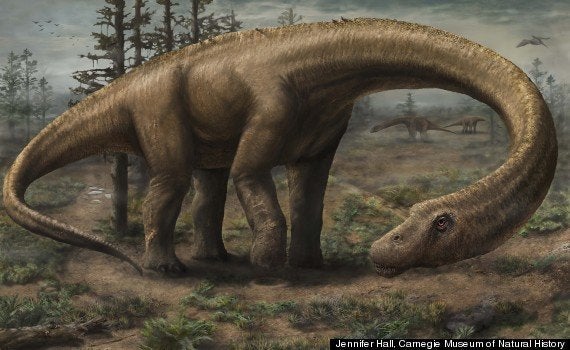
Jennifer Hall, Carnegie Museum of Natural History
Meet one of the most giant creatures to ever walk the planet. Scientists discovered Dreadnoughtus schrani, a dinosaur so formidable that it was named after the iconic 20th Century battleship. The discovery was announced in a paper published on Sept. 4.
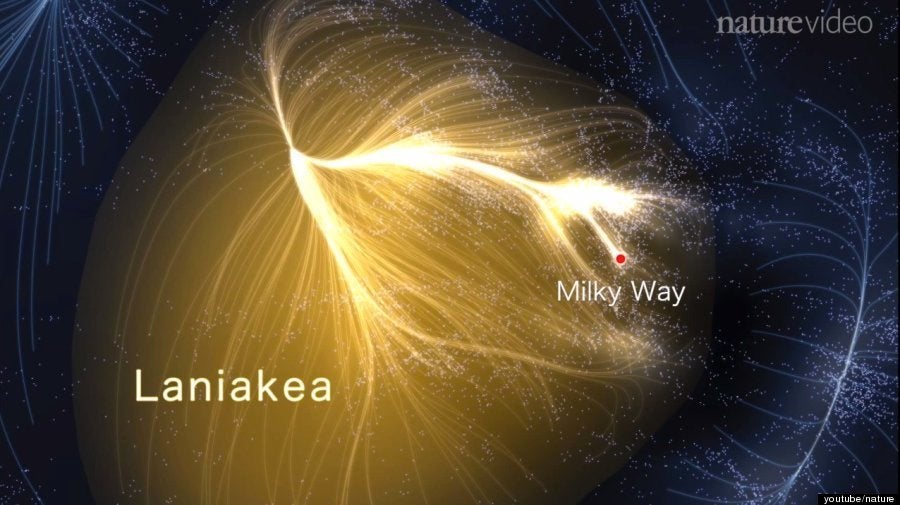
youtube/nature
On Sept. 3, astronomers released a new map of the cosmos that relocated the Milky Way to a ginormous supercluster of galaxies called Laniakea (which means "immense heavens" in the Hawaiian language). The supercluster spans a staggering 520 million light-years in diameter.

MRC Centre for Regenerative Medicine/University of Edinburgh
In what was hailed as a scientific first, researchers in Scotland created a fully functional organ--a working thymus gland (pictured, kidney cells in pink, thymus cells in dark blue)--from scratch inside the body of a living animal. The feat was announced on August 24.
Advertisement
